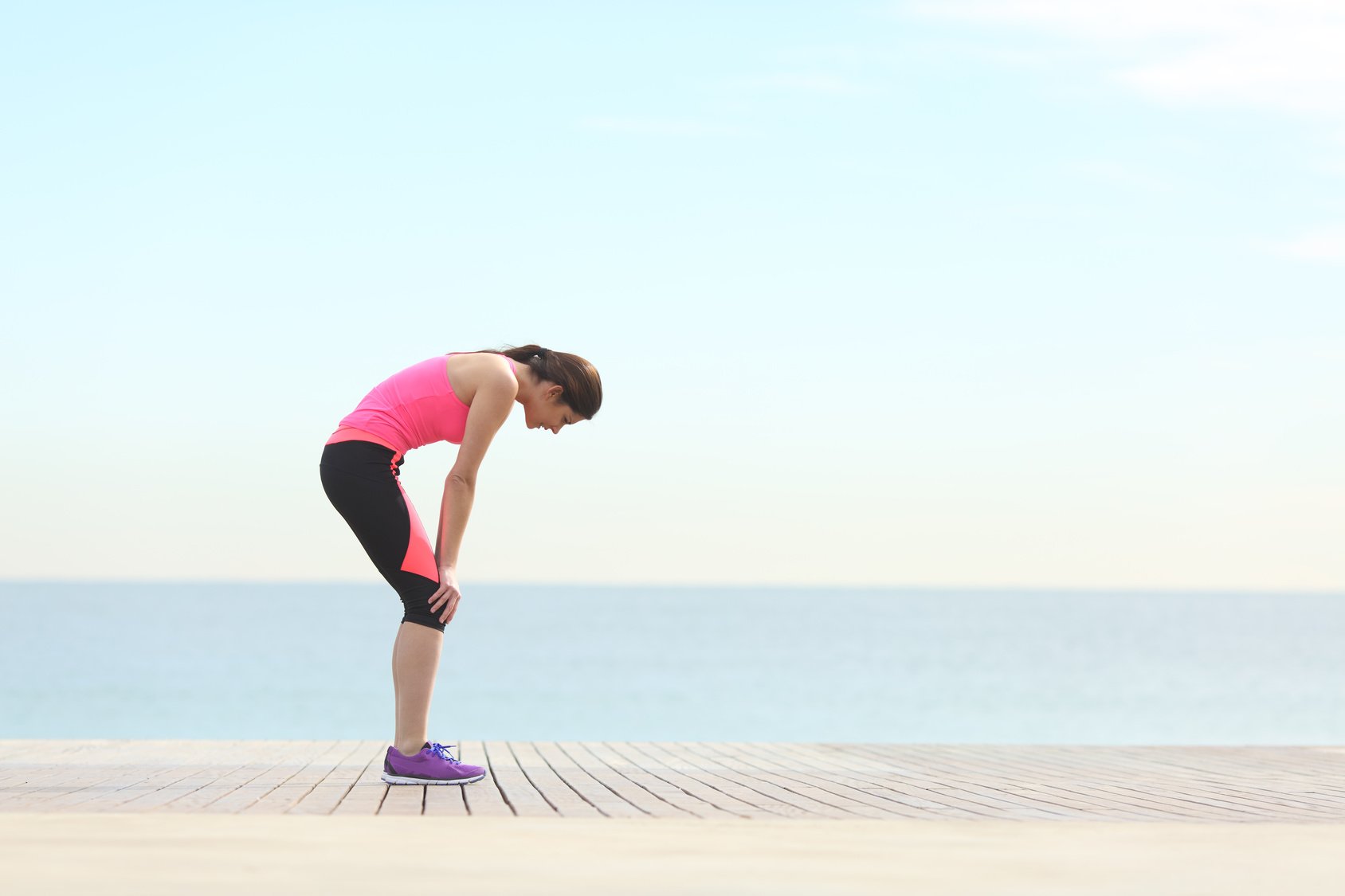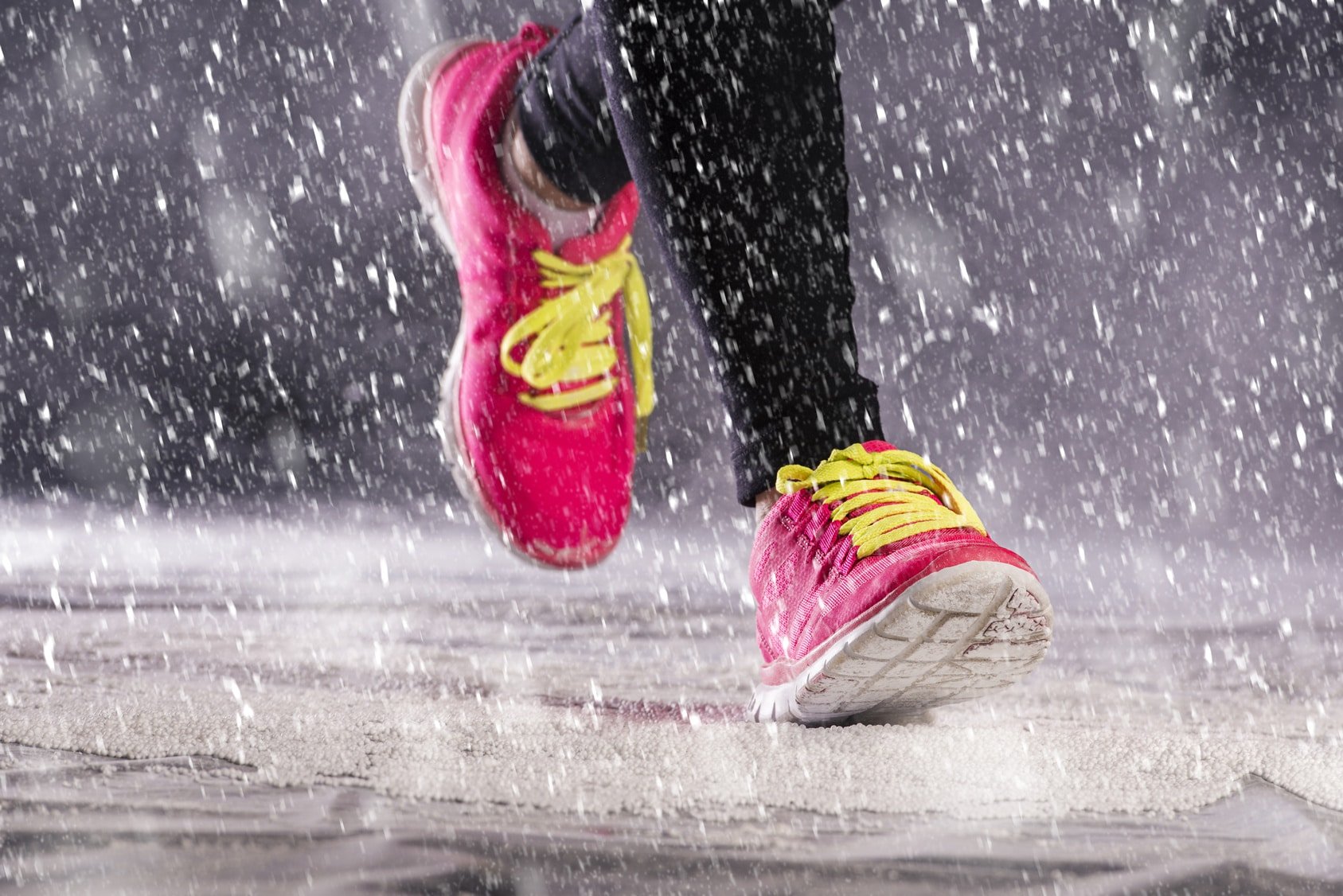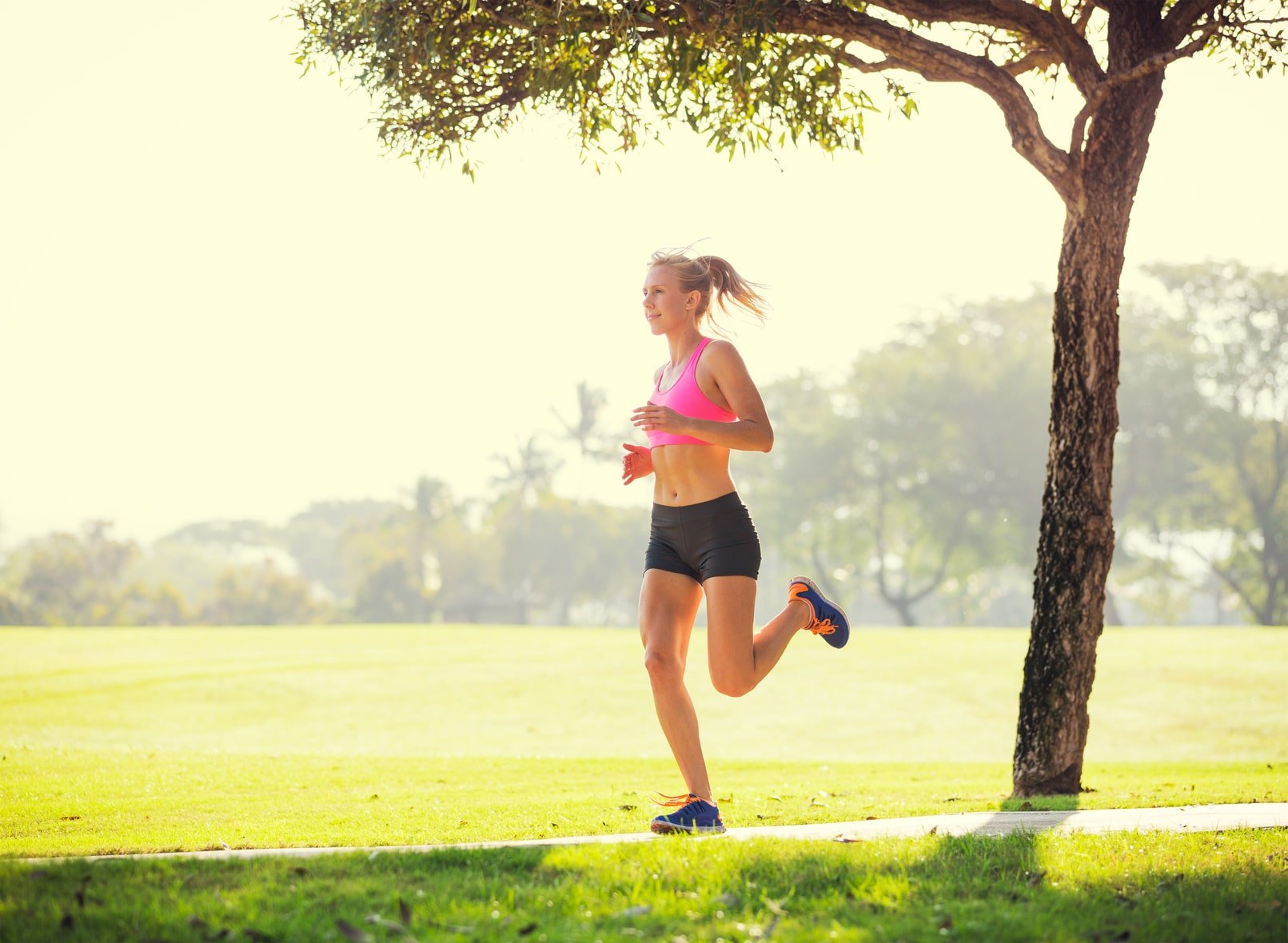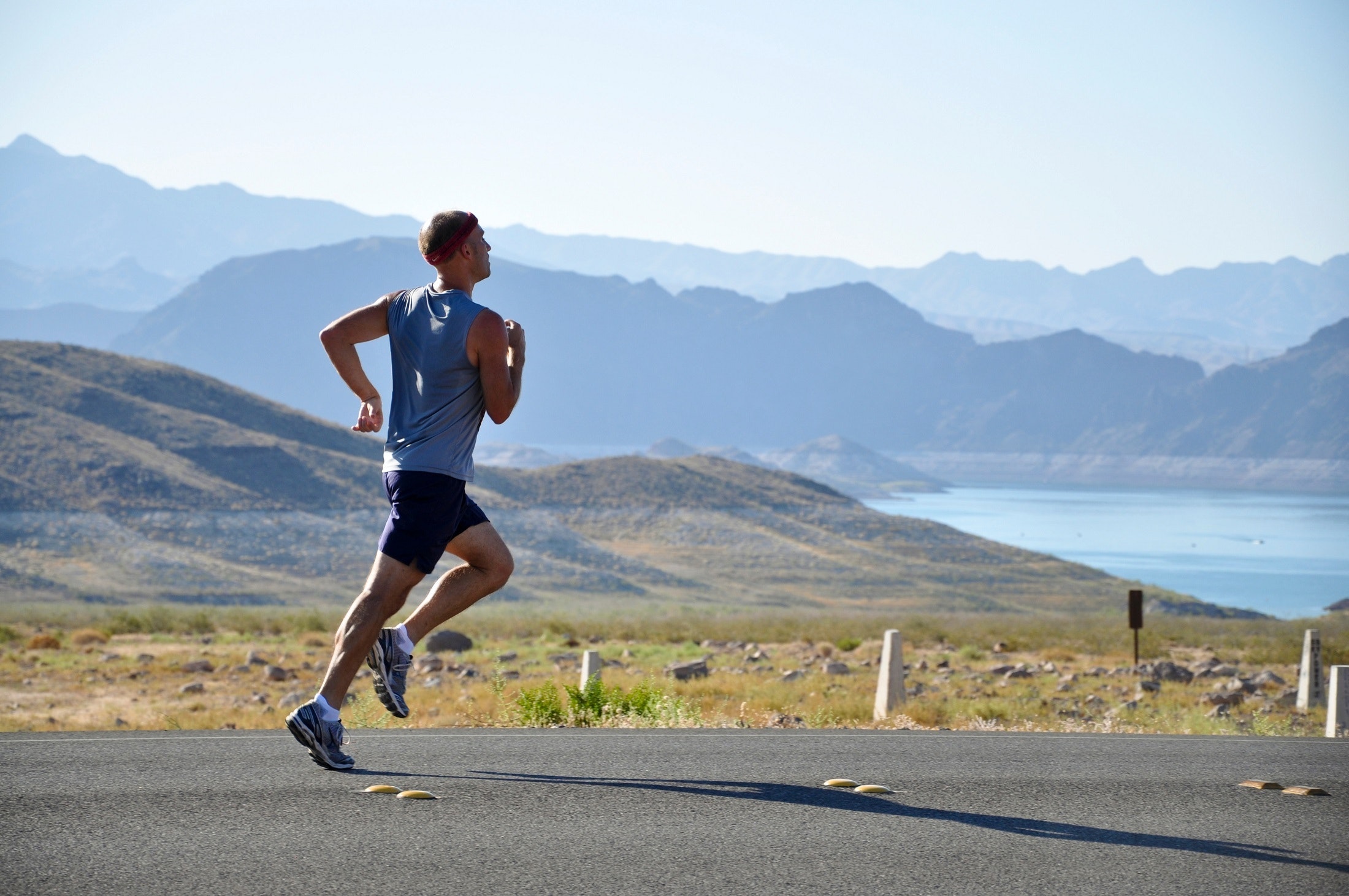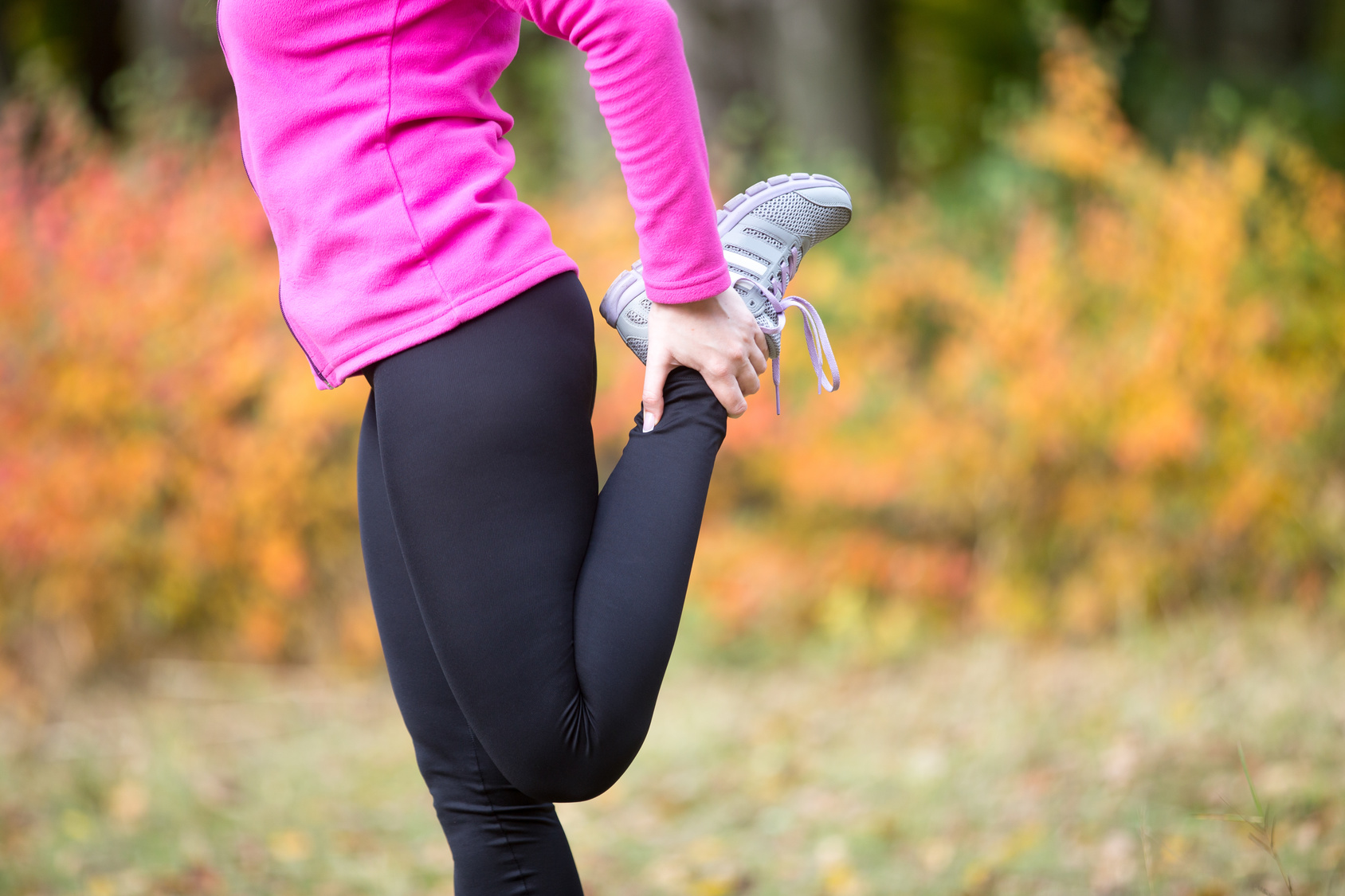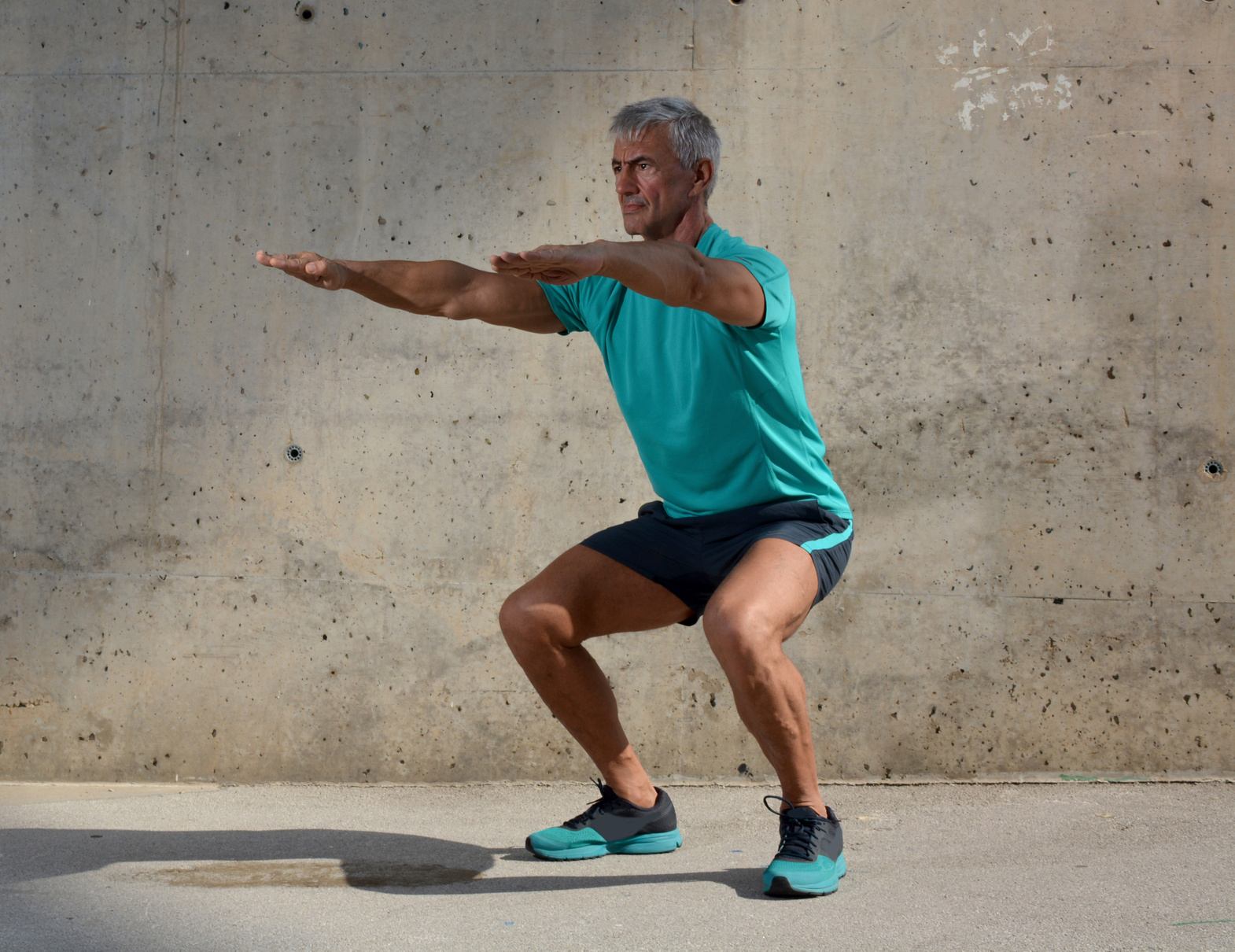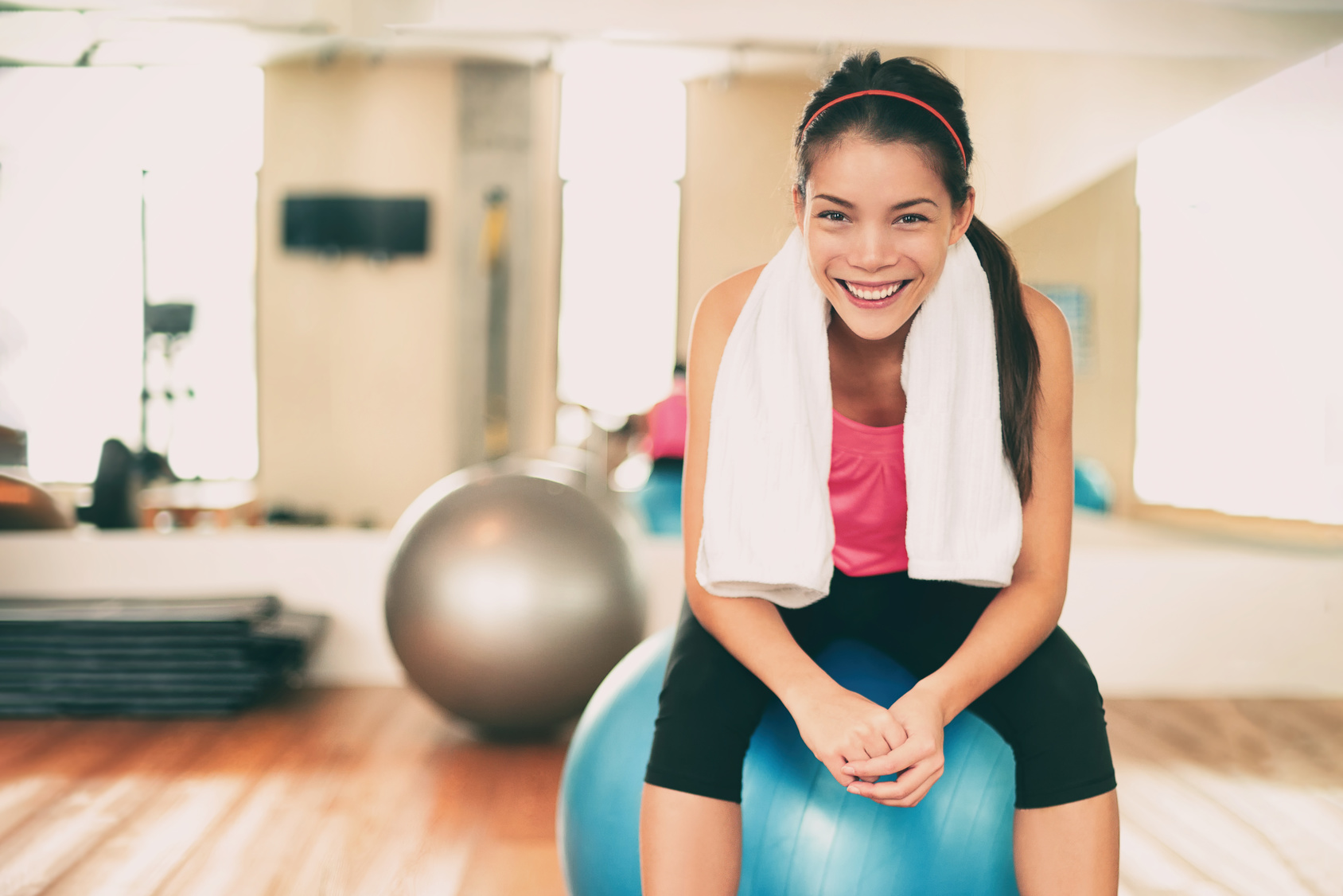Whether you’re sprinting towards your weight goals or racing towards that 12th marathon finish line, we all know that the journey can hit a few bumps – and those bumps can sometimes come in the form of a pesky cold.
Yep, we’re talking about that common cold that seems to have a knack for showing up at the least convenient times.
Now, picture this: you’re all geared up for your next run, but your nose is as runny as a leaky faucet, and your throat feels like a scratched vinyl record. What’s a runner to do? This is where the million-dollar question pops up – not “Can you go for a run?” but rather, “Should you?”
Fret no more.
In this post, we’re going to peel back the curtain on when it’s a green light to hit the pavement and when it might be wise to put those running shoes on pause and give your body the rest it needs.
So, if you’re ready to navigate the twists and turns of running while under the weather, join me as we explore the ins and outs, the do’s and don’ts, and the stories that inspire us to make the right choice for our health and fitness journey.
Let’s jump right in
Running While Sick – The Above Vs. The Below
Ah, the age-old conundrum – to run or not to run when you’re feeling under the weather? It’s like trying to solve a riddle while balancing on one foot.
And let’s face it, it’s not always easy to decipher the right answer. But fret not, because we’re about to crack the code and unravel the mystery of the “above/below the neck” rule.
This rule is like a compass guiding you through the fog of sickness, helping you navigate the tricky terrain of deciding whether your running shoes should hit the pavement or take a backseat.
The factors at play are numerous – how sick are you really, and how intense is your usual training routine? It’s like piecing together the puzzle of your health and fitness. That’s where “the neck check,” or as some call it, the above/below the neck rule, steps in.
Now, let’s be honest, the above/below the neck rule isn’t a crystal-clear guideline that guarantees a foolproof decision. But it’s definitely a smarter move than rolling dice or tossing a coin. Consider it your running coach, whispering advice in your ear when you’re at a crossroads. And it’s not just a hunch – there’s wisdom behind it.
Research studies, like the ones published in the “Journal of Medicine & Science in Sports & Exercise,” dive into the intricate dance between exercise and immune function. They’re like the breadcrumbs of science that lead us to a more informed choice.
The Above Symptoms—Okay to go For a Run
Alright, let’s talk symptoms – those pesky signals your body sends when it’s playing the sick-card. But guess what?
Not all symptoms are created equal, and some give you the green light to tie those shoelaces and hit the road.
So, let’s break it down and uncover the go-ahead signs from the universe of “above the neck” symptoms.
Think of it like a traffic light – red means stop, green means go, and yellow is that cautious in-between. When it comes to “above the neck” symptoms, you’re in the green zone.
Picture it: runny nose, nasal congestion, sneezing, stuffiness, and even teary eyes – these are your body’s way of saying, “Hey, I’m not at my best, but I’m up for a jog!” It’s like a wink from your immune system, saying, “I got this, you can lace up!”
Now, let’s talk strategy – the game plan for when you’re under the weather. Keep your intensity in check; this is not the time to channel your inner sprinter or go for a marathon PR.
Think of it as a leisurely jog through the park, a gentle reminder to your body that you’re nurturing, not pushing it. Oh, and that fancy flu medication? For now, consider giving it a break. Your body’s natural defenses are in action, and running can actually boost your immune system – just make sure to listen to your body’s rhythm.
Here’s a little secret: studies like the one published in the “Journal of Applied Physiology” have dived into the magic of exercise and immune function. It’s like having a backstage pass to the concert of your body’s defenses. And the research echoes what your body is hinting – that running, with the right approach, can actually be a buddy in your quest for recovery.
The Below Symptoms – Don’t Go For A Run
Imagine your body as a personalized weather forecast, with different symptoms serving as the sun, clouds, or even a full-on thunderstorm.
Now, when it comes to hitting the pavement while under the weather, it’s crucial to read these signals like a skilled meteorologist.
Let’s explore the “below the neck” symptoms – those that might as well be a big, bold red stop sign for your running plans.
Picture your body as a clever communicator, using symptoms like Morse code to tell you what’s up. But remember, not all codes are created equal.
When symptoms venture “below the neck,” it’s like the sky turning gray and ominous. Sore throat, high fever, dizziness that makes you feel like you’re on a tilt-a-whirl, swollen glands – these are signals your body is sending from the deep trenches of discomfort.
So, what’s the verdict? Well, if you’re experiencing a sore throat that’s singing the blues, a fever that’s cranking up the heat, or dizziness that’s turning you into a human spinning top, it’s time to park the running shoes. And that’s just the beginning of the list – chronic aches, extreme fatigue, puking during a jog (yes, that’s a thing), and the ultimate nemesis – an intense cough or chest congestion. It’s like your body is waving a big “NO RUNNING” flag.
Experts have joined the conversation, waving their own flags of caution. You see, running while battling “below the neck” symptoms is like trying to dance in a hailstorm – it’s just not a good idea. Studies published in the “Journal of Sport and Health Science” shine a spotlight on the connection between vigorous exercise and suppressed immune function. It’s like having a medical Sherlock Holmes investigating the mystery of running while under the weather.
Running While Sick – How Much Rest?
Again, the answer depends on what ails you, as in the severity of your symptoms.
In general, colds often last for a week to ten days, but a serious case of the flu may set you back to up to two to three weeks.
The rule of thumb is to take as many recovery days as needed to go back to normal.
I’d suggest that you wait for a full 24 hours of being symptom-free before doing any hard training, especially after a fever.
For example, if you got sick on a Monday evening, avoid any strenuous activity from Tuesday through Thursday.
If you feel almost back to normal on Friday, resume training on Saturday.
Remember to listen to your body and adjust all the time.
Just keep in mind that a few rest days won’t affect your conditioning level.
It’s always better to skip a few runs than try to push through to only force the symptoms to come back.
Don’t put your ego first if you want a speed recovery.
When Is It Safe to Start Running Again After a Cold?
Alright, let’s talk comeback – the exhilarating journey of stepping back into your running shoes after bidding that stubborn cold farewell.
Imagine your body as a finely tuned instrument, ready to play a melodious tune of recovery. As your condition improves, it’s like the conductor giving the signal to strike up the orchestra. But here’s the trick – don’t rush the crescendo. Avoid sprinting out of the gates like a wild stallion; instead, ease into it like a skilled dancer stepping onto the stage.
So, how do you find that sweet spot between revving up and restraint? It’s like taming a wild stallion with a gentle touch. Start by running at no more than 70 percent of your usual intensity. It’s like rekindling a flame without setting the whole forest ablaze. Give yourself permission to take things slow and steady, just like a marathon runner pacing themselves for the long haul.
And hey, it’s okay to hit pause and take walk breaks if needed – think of them as musical rests that give your body a chance to catch its breath. Listen to your body like you’re tuning in to your favorite song; if you notice any red flags like nausea, dizziness, or your heart racing like it’s in a marathon of its own, ease up. Your body is still in recovery mode, and pushing it too hard would be like asking a marathoner to sprint before the finish line.
Studies published in the “Journal of Sport Rehabilitation” act as your running guide, shedding light on the importance of gradual re-entry after sickness. It’s like having a mentor in the form of scientific insight, coaching you through this delicate phase.
Trust me, taking it slow might feel like holding back, but it’s like laying the foundation for a strong comeback – a comeback that doesn’t risk relapse or prolonged recovery.
Prevent The Cold
While no one can promise an instant remedy, there are plenty of things you can do to not only speed up recovery but also shield you from future sneezy battles.
So, what’s in this arsenal of prevention? Let’s unravel these simple but potent measures:
Handwashing: The Germs’ Worst Enemy
Think of handwashing as your secret weapon – it’s like a knight’s sword that slashes through the ranks of germs. Washing your hands frequently is your first line of defense against those sneaky microbes that can wreak havoc on your immune system. It’s like a mini battle against invisible foes, with soap and water as your trusty allies.
Sleep: The Restorative Potion
Imagine sleep as the magic potion that replenishes your energy and boosts your immune system. Just as a knight rests before a big battle, your body needs 7 to 9 hours of quality sleep to recharge its defenses. It’s like a rejuvenating spell that keeps you ready to face whatever challenges come your way.
Post-Run Ritual: Changing, Drying, and Defending
After a run, picture your sweaty clothes as the germs’ welcome mat. But fear not – change into dry clothes immediately, denying those germs a chance to settle in. It’s like shutting the castle gates and keeping the invaders at bay. This simple act can make a world of difference in maintaining your body’s armor against illness.
Vitamin C and Hydration: Your Immune-Boosting Elixir
Imagine Vitamin C as the potion that empowers your immune soldiers, and water as their trusty steed. Drinking plenty of water is like keeping your immune system’s gears well-oiled, and adding Vitamin C-rich foods to your diet is like giving it a powerful boost. It’s like fortifying your castle walls and ensuring they’re strong enough to repel any attacks.
Winter Running: Mastering the Art
When running in winter, think of yourself as a wise traveler braving the elements. Just as a wanderer wraps up against the cold, put on layers to shield yourself from the chill. Imagine a bandana or scarf as your shield, guarding your mouth and nose against icy winds. It’s like a hero’s cape, protecting you as you venture into the winter wonderland.
Holistic Wellness: A Lifestyle of Strength
Picture a healthy lifestyle as a potion that nourishes your body and mind. Eating clean, meditating, avoiding stress, and having fun are like the pillars that hold up your fortress of wellness. It’s like nurturing your castle garden, ensuring it thrives and remains resilient against any storms.
Conclusion: Your Quest for Running Wellness
And there you have it – a journey through the landscape of running wellness, complete with prevention, recovery, and resilience. As you traverse this path, always remember the most important ally – your body. Listen to it, respect its limits, and take its cues seriously. It’s like forging a pact with your castle’s guardian, ensuring that you’re always in sync and working together.
So, as you lace up your shoes and venture into the world of running, armed with newfound knowledge, remember that wellness is not a destination but a continuous journey. And just like knights of old, you’re equipped with the tools, strategies, and wisdom to conquer whatever challenges come your way. Here’s to your health, happiness, and endless miles of running adventures!.


